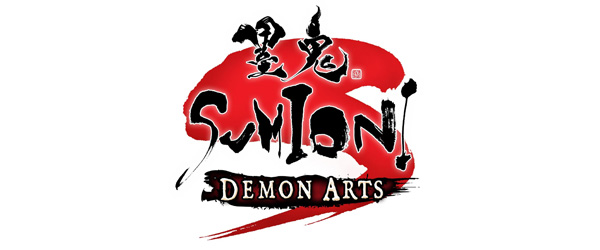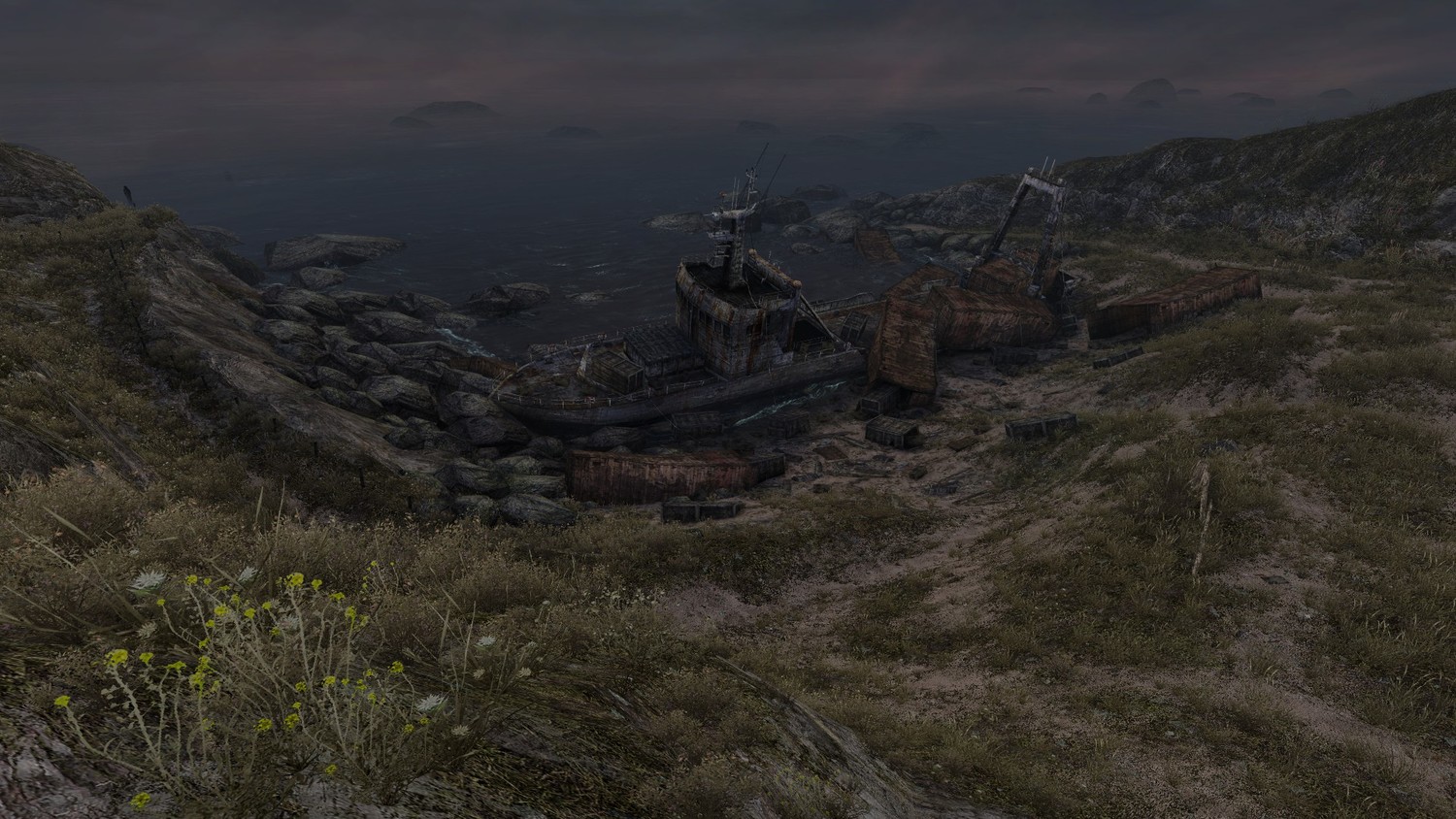
Review: Sumioni: Demon Arts
Posted by Andrew Brewer on March 25th, 2012 | 1 Comment | Tags: Sumioni
Games as a form of art has been a topic of discussion for some time now with both sides offering compelling arguments. While a consensus may never be met, one thing is for sure is that a lot of time and effort is put in by talented artists to create assets for games that should definitely be considered a from of art. In a game like Sumioni: Demon Arts this is especially true.
The first thing that really stands out in Sumioni is the unique graphical style that the game uses. All the backgrounds are multilayered and done in the style of ancient Japanese paintings, which are really quite nice in motion. Although the game is fast paced and frantic at times it is really worth your time to slow down and take in the art work. I was hoping for the story to also be presented in a unique way, but unfortunately I wasn’t so lucky. It presented using walls of scrolling text on static pictures with no voice work that show up intermittently throughout the game. While I was a bit disappointed in this, the story isn’t really the main focus in this game, the action is.
Sumioni uses a unique mechanic for an action platformer, an ink brush. You use the powers of ink for traversing, fighting and also for defense. By sliding your finger on the touch screen you can paint platforms that Agura, the ink demon you play as, can use to traverse the landscape or to reach high up enemies and items. By hitting the L button you will go into the arts screen which stops time and allows you to use several different abilities for attacking, sliding your finger on the touch screen will leave a trail of fire and holding your finger down on the screen will create a lightning cloud. You can also summon your Inkgod companions, who are powerful allies that will fight alongside you for a limited amount of time. You summon them by tracing your finger on the design that appears and while this is a pretty cool mechanic I was kind of disappointed that the design for both the summons was the same. Your last brush ability is the water brush which works the same way as the ink brush, except that it can erase the platforms that you create and some enemy projectiles. You can also combine the fire and lightning abilities with the water brush to trigger status ailments on enemies, but I found very little use for this while playing. Of course you can’t use these abilities all you want (except for the water brush), you have a limited amount of ink, so priority has to be set to go with all out ink attacks or to conserve your ink for platforms and defense. You can however regain this ink by finding items in-game or rubbing the back-touch pad. Later in the game things can be pretty hectic in boss battles when you have to attack, create a platform to dodge a beam attack and use the water brush to erase oncoming projectiles and is something I wished I would have seen more of throughout.
As awesome as using your ink abilities are you also have standard melee combat, but unfortunately this just doesn’t feel as well done. Your basic attack just swings your spear the same way, with no combo attack, and doesn’t feel like it has the impact that it should. The only way to do your single combo attack is done by double tapping and holding the directional button which will launch into a dash attack that will eventually exhaust Agura and make you immobile for a few seconds unless you hit attack or let go of the directional button. Overall the combat can be pretty bland with mainly just hitting the attack button over and over again.
The game consists of 30 different stages with six branching paths and endings. Your path is decided by the star rank that you receive at the end of each level which is based on your completion time and damage you sustain. The better you perform the harder the route you will take. While this may seem like a fair amount of stages, a lot of them can be completed in just a couple of minutes. At the end I was able to make it through the first few stages in less then a minute each and not taking any damage, and the hardest level never even reached ten minutes. Although there are three different types of stages (normal that ends in a boss fight, survive a set amount of time and escape from a large foe) most stages are not all that different from one to the next, with the difficulty just increasing slightly. With not that many different enemy types and only 3 different bosses to fight the game can also get repetitive quickly, especially when playing through all the different endings which requires you to replay a lot of stages.
Another annoyance is the fact that the game doesn’t support auto saving or loading. After each level you will get the prompt if you want to save and each time you start up the game or return to the title screen you will have to load up your game again to continue your adventure. While this isn’t a big problem, these are features that are standards in today’s industry and really should be included.
Sumioni: Demon Arts is one of the more unique games out there when it come to its graphical style and main game play mechanic. Unfortunately I don’t know if it offers enough unique content to warrant its entry fee. While I enjoyed my time as an Inkdemon in ancient Japan a little more variety in stages and enemies/bosses and a better melee combat system would have made the experience a much more enjoyable one.
A copy of this game was provided by the publisher for review purposes. For more info on our review policy click here. This review is for the PlayStation Vita version of the game.
General Info
- Developer: ACQUIRE Corp.
- Publisher: Xseed Games
- Release Date: February 2012, March 2012
- Price: $19.99
- Genre: 2D Side-Scroller, Action Platformer, Ink Brush Simulator
- Players: 1
- Ratings: CERO: B, ESRB: E10+
Score:
What I Like:
- Art style
- Using the various ink abilities
- Challenging later levels
What I Dislike:
- Level length
- Repetition
- Weak melee combat
- $20 game, no platinum trophy




